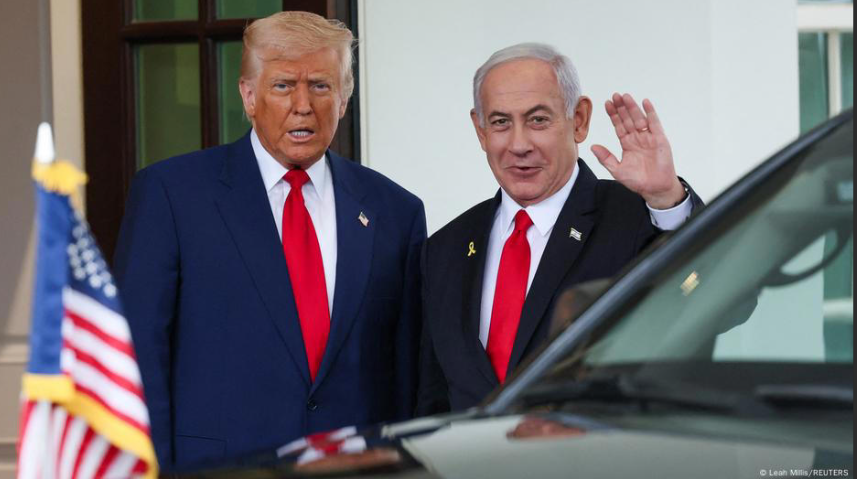Key tags: Jerusalem, Gaza, Judea and Samaria, Golan Heights, Occupation, Two-state solution
Following the British Balfour Declaration of 1917 and the Allies’ San Remo Resolution of 1920, the League of Nations established the Mandate for Palestine in 1922, paving the road for a Jewish ‘home’ in the Mandate of Palestine. After the termination of the Mandate, the State of Israel was established. In the wake of the Independence War that followed in 1948, Israel signed a series of armistice line agreements, in accordance with UN Security Council Resolution 62. The armistice lines do not nullify territorial claims by any party.
The Hague Regulations of 1907 formulated the concept of “belligerent occupation” to characterize conquered territory as “occupied” when it is placed under the authority of the hostile army. The law underwent significant further development in the Fourth Geneva Convention of 1949. “Annexation” is the process by which a state unilaterally extends its sovereignty over a territory, such as an occupied territory.
Application to Israel
During the 1967 and 1973 wars, Israel took control of various adjacent neghbouring territories including the Gaza Strip (Egypt), Sinai desert (Egypt), East Jerusalem (Jordan), the West Bank / Judea and Samaria (Jordan), and the Golan Heights (Syria). The largest area of that land, particularly the Sinai, was returned as part of a peace agreement in 1979.
Israel unilaterally withdrew its control and administration from the Gaza Strip in 2005 and is no longer formally an occupying power there. However, since coming under rocket and other attacks from Gaza, it maintains a blockade against goods that can be used as major weapons. Consequently, there is some controversy as to whether the the Gaza Strip is still under belligerent occupation.
At the heart of the Palestinian resistance and struggle against Israel is the West Bank / Judea and Samaria, where the PA argues that a Palestinian state has been established and is under Israel’s belligerent occupation. Pursuant to the Oslo Accords, the PA currently administers parts of this territory on behalf of the Palestinian people, which are considered, also controversially, not to be under military occupation. The local Arab population holds land titles in much of this area. Israel also holds claims to Judea and Samaria including Jerusalem, based on prior legal titles. Therefore, the territories are disputed.
The Golan Heights are considered to remain as part of Syria’s territory by most states other than the USA. However, Israel extended Israeli civil law over the region in 1981.
Jerusalem is also the subject of intense contest. The result of the 1948 Arab-Israeli war divided Jerusalem, when West-Jerusalem came under Israeli control, and East-Jerusalem under Jordanian control. In 1967, Israel conquered East-Jerusalem and reunited the city, which is its capitol, by extending Israeli civil law there in 1980. Most countries object to Israeli sovereignty in East Jerusalem. Some members of the international community, particularly church bodies, urge that the city come under international administration as a holy area. Others urge that it be redivided to form a Palestinian capital.






